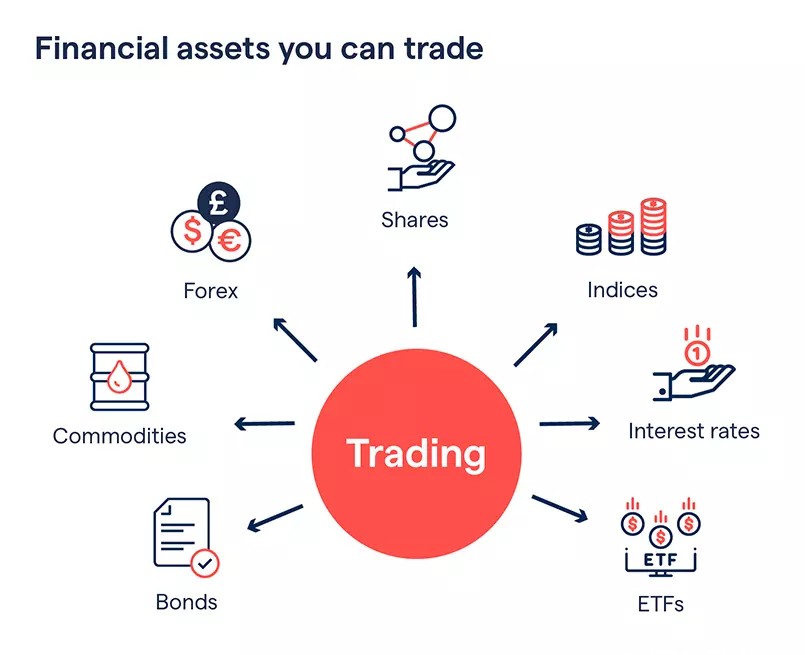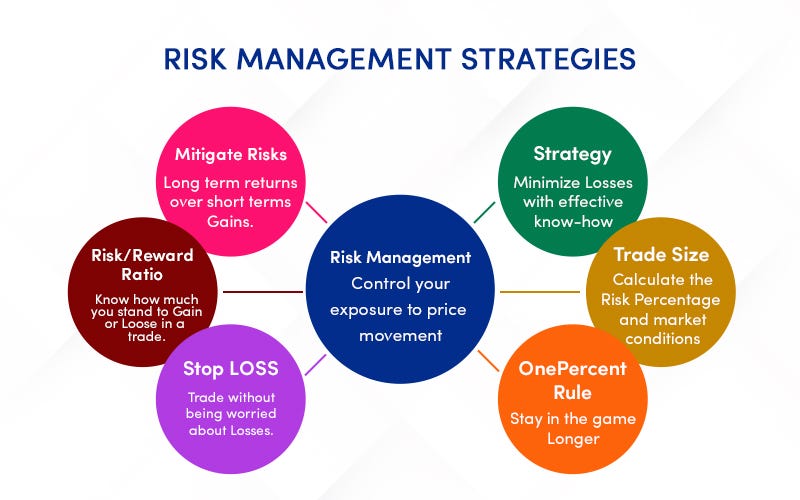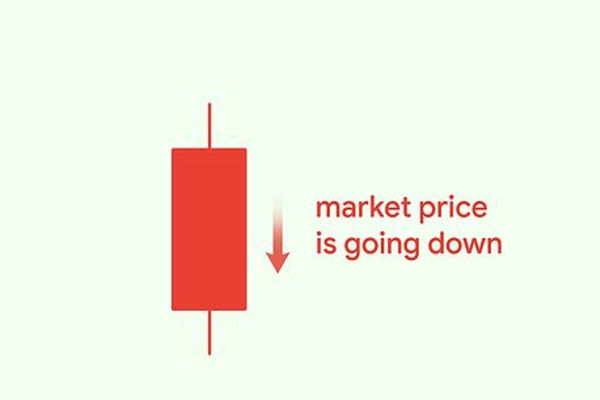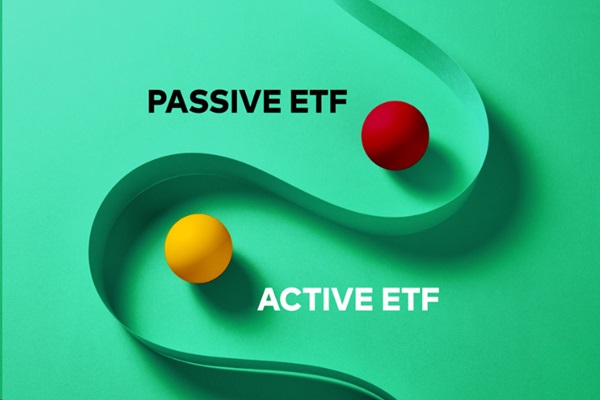Starting your trading journey can be exciting but also overwhelming, especially for beginners. Knowing how to start trading effectively and manage risk is crucial to building a successful and sustainable trading career.
This guide will walk you through the essential steps to begin trading and provide practical tips on managing risk to protect your capital.
Understanding the Basics of Trading

Before placing your first trade, it's important to understand what trading involves. Trading means buying and selling financial instruments such as stocks, forex, commodities, or indices with the goal of making a profit from price movements.
Markets operate at different times and have unique characteristics, so choosing the right market for your interests and schedule is key.
How to Start Trading for Beginners: Step-by-Step Guide
Step 1: Educate Yourself
Education is the foundation of successful trading. Beginners should start by learning about market mechanics, trading terminology, and different types of trading strategies. Many online courses, books, and tutorials are available to help you build a solid knowledge base.
Practising with a demo account can also help you gain experience without risking real money.
Step 2: Choose a Reliable Broker
Selecting a trustworthy and regulated broker is essential. Look for brokers that offer user-friendly platforms, competitive fees, and strong customer support. Ensure the broker complies with financial regulations in your region to safeguard your funds.
Step 3: Develop a Trading Plan
A trading plan outlines your goals, risk tolerance, trading style, and strategies. It helps you stay disciplined and avoid emotional decisions. Your plan should include criteria for entering and exiting trades, position sizing, and risk management rules.
Step 4: Start Small and Use a Demo Account
Begin with a demo account to test your strategies and get comfortable with the trading platform. When ready, start trading with a small amount of capital to limit potential losses while you gain real-market experience.
Managing Risk: Protecting Your Capital

Risk management is vital to long-term trading success. Here are key principles to manage risk effectively:
Use Stop-Loss Orders
A stop-loss order automatically closes your position at a predetermined price to limit losses. Always set stop-loss levels before entering a trade to protect your capital from unexpected market moves.
Limit Position Size
Never risk more than a small percentage of your trading capital on a single trade—commonly 1–2%. This approach helps prevent large losses that can wipe out your account.
Diversify Your Trades
Avoid putting all your capital into one asset or market. Diversifying your trades across different instruments can reduce risk and smooth out volatility.
Keep Emotions in Check
Emotional trading often leads to poor decisions. Stick to your trading plan and avoid chasing losses or overtrading.
Regularly Review and Adjust
Monitor your trades and review your performance regularly. Adjust your strategies and risk management rules based on what you learn.
Conclusion
Starting trading as a beginner requires education, planning, and disciplined risk management. By following these steps and protecting your capital, you can build a strong foundation for trading success. Remember, trading is a journey that demands patience, continuous learning, and careful decision-making.
Disclaimer: This material is for general information purposes only and is not intended as (and should not be considered to be) financial, investment or other advice on which reliance should be placed. No opinion given in the material constitutes a recommendation by EBC or the author that any particular investment, security, transaction or investment strategy is suitable for any specific person.








